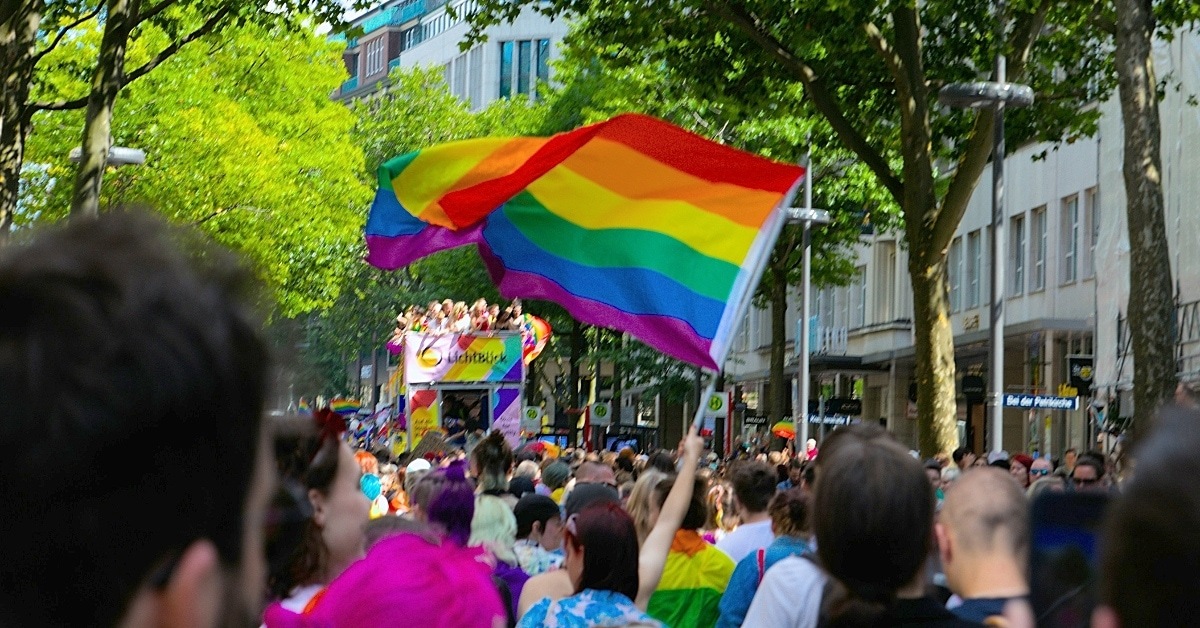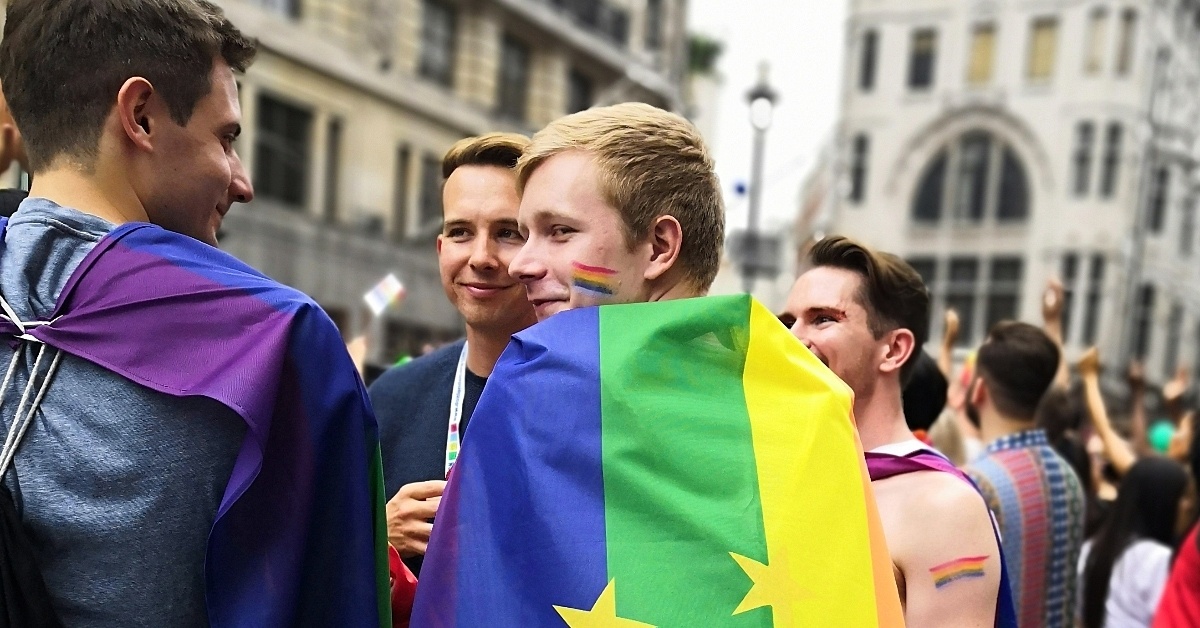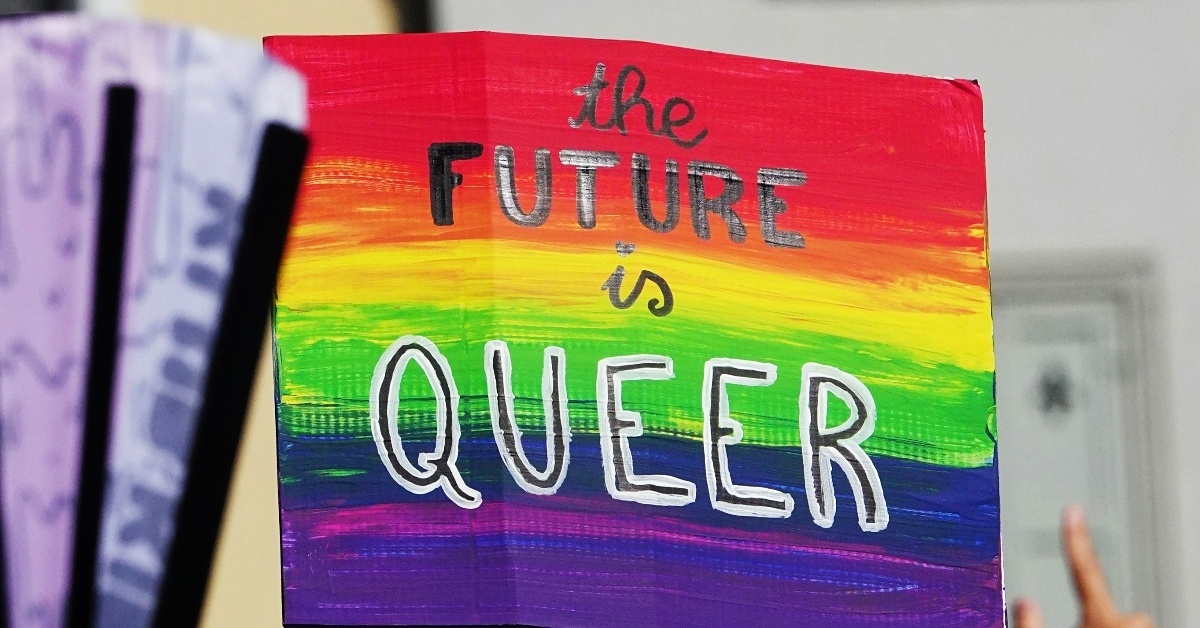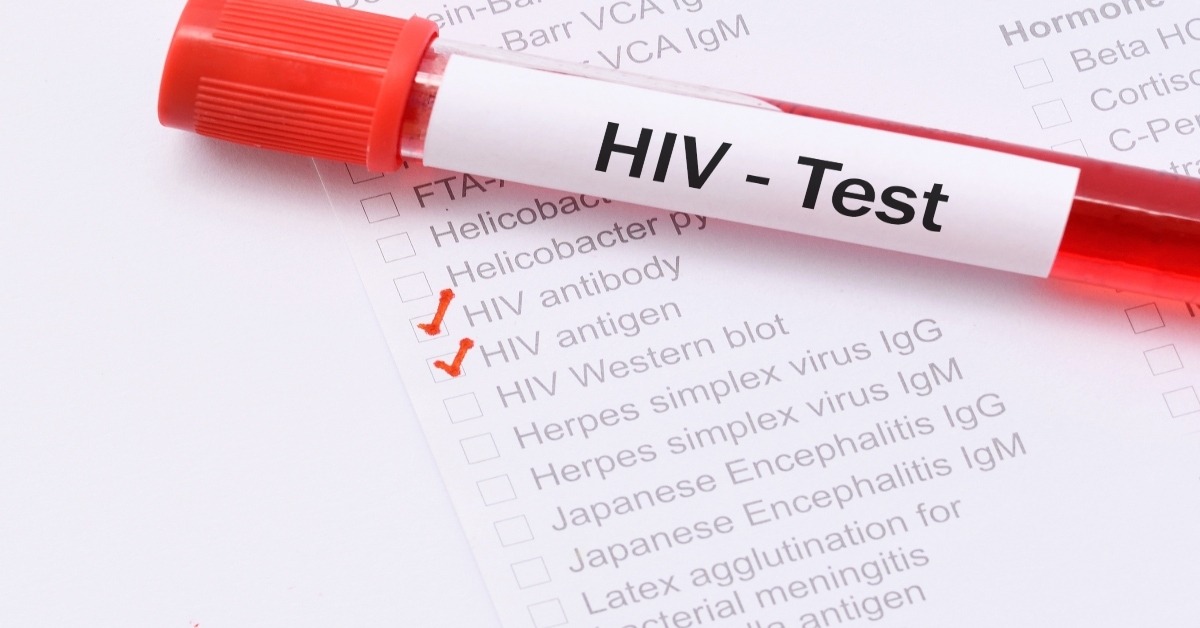It’s Not the U.S.— Which Country Has the Most LGBTQIA+ People?
Members of the LGBTQIA+ community have existed since the dawn of humanity — long before modern labels like “gay,” “trans,” or “non-binary” came into play. Across the globe, every region has its own vibrant population of queer individuals, each with their own cultural aesthetics, traditions, and identities. However, one thing is undeniable—more people are publicly [...] Read More... from It’s Not the U.S.— Which Country Has the Most LGBTQIA+ People? The post It’s Not the U.S.— Which Country Has the Most LGBTQIA+ People? appeared first on LBS.


Members of the LGBTQIA+ community have existed since the dawn of humanity — long before modern labels like “gay,” “trans,” or “non-binary” came into play. Across the globe, every region has its own vibrant population of queer individuals, each with their own cultural aesthetics, traditions, and identities. However, one thing is undeniable—more people are publicly identifying as LGBTQIA+ today than ever before.
Visibility is rising, partly due to shifting attitudes, increased access to information, and supportive communities online. But while the world is gradually becoming more inclusive, some countries have emerged as hotspots of queer pride. And while global acceptance is still uneven, some places are clearly leading the way in terms of openness and representation. We looked at the data to uncover where LGBTQIA+ populations are most visible and concentrated. And let’s just say, the answer isn’t as predictable as you might think.
The Netherlands is the gayest place of all.

Surveys suggest that the Netherlands has the world’s highest share of self-identified LGBTQIA+ people. The official statistics agency reports that about 2.7 million Dutch identify as LGBTQIA+, according to Bloomberg. Brazil also ranks very high. A 2023 Ipsos survey found that about 15% of Brazilian adults identify as LGBTQIA+. Other Western nations (e.g., the UK, Germany, Canada) report roughly 10–11%. By contrast, socially conservative countries show far lower rates. In many places — Malaysia, Turkey, India, Russia, etc. — 20–40% of people decline to define their sexual orientation.
The world’s most populous countries also host the largest LGBTQIA+ communities by volume. China, with a population of over 1.4 billion, leads the pack. According to BioMed Central, an estimated 40 to 70 million people in China identify as LGBTQIA+. Even countries with only moderate percentages end up with massive queer populations due to their size. If just 7–10% of China’s population is queer, that’s 70 to 140 million people. The United States, with 330 million residents, also ranks high in total LGBTQIA+ numbers, even though the percentage is smaller.
The U.S. is home to a large number of LGBTQIA+ folks.

About 7.6% of U.S. adults now identify as LGBTQIA+, according to Gallup’s 2023 poll—that’s roughly 25 million people. While the percentage may not top the global charts, the number places the United States among the countries with the largest LGBTQIA+ populations. Gallup’s data shows that these Americans identify as lesbian, gay, bisexual, transgender, or hold other non-heterosexual orientations. For comparison, the UK’s official survey finds about 3.3% of Britons identify as LGB (not counting transgender), according to the Office for National Statistics.
Visibility and shifting cultural norms drive the rise in LGBTQIA+ identification, especially among younger generations. In the U.S., over 20% of Gen Z adults now identify as LGBTQIA+, compared to just 1–2% of older baby boomers, according to Gallup. The data shows that each generation is roughly twice as likely as the one before to identify under the LGBTQIA+ umbrella. A similar trend appears in Britain, where about 10–11% of 16–24-year-olds identify as LGB—far higher than the rate among older age groups. Social acceptance has grown, while stigma and “coming out” have become easier for young people.
Which country surprised you most in terms of its LGBTQIA+ population size or visibility? Comment below!
The post It’s Not the U.S.— Which Country Has the Most LGBTQIA+ People? appeared first on LBS.











